The Celebration of Culture: Honouring the Sacred returned to Pine Lake Camp, Alta., from August 23-25, for the sixth annual weekend of celebrating, connecting and learning about walking well together as Indigenous and non-Indigenous people. A partnership between The Salvation Army and Indigenous Pathways, the Celebration of Culture welcomed approximately 175 participants to the event, which included a Saturday afternoon pow wow.
Those who arrived early on Friday helped with tipi and sweat lodge building in different sections of the camp. They lifted poles and dug holes while laughing and learning together. A brave few even climbed onto the shoulders of others to close the tipi’s entryway.
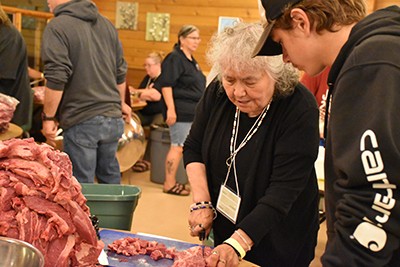
During the welcome gathering, Captain Crystal Porter (Mi’kmaq and Euro-Canadian), event director and territorial Indigenous ministries consultant, greeted the group, which included Colonels John and Lani Chamness, chief secretary and territorial secretary for spiritual life development, and Lt-Colonels Donald and Donna Bladen, divisional commander and divisional officer personnel secretary, Prairies and Northern Territories Division.
“Pjala’si: welcome, come and sit. We have gathered from the four directions to this land,” said Captain Porter. “I hope you have come to find moments to learn, to laugh, to dance and to honour the sacred.”
The evening included music from Jonathan Maracle (Mohawk), returning as musical lead for the weekend, and a smudging ceremony by Major Shari Russell (Saulteaux), who has been seconded as the director of NAIITS, a division of Indigenous Pathways.
Indigenous knowledge keeper and pastor Casey Church (Potawatomi) gave an opening night challenge to attendees: “What was taken away from [Indigenous communities]?” he asked. “Families, language, children, land, culture. Find a way to give those back in your ministries.”
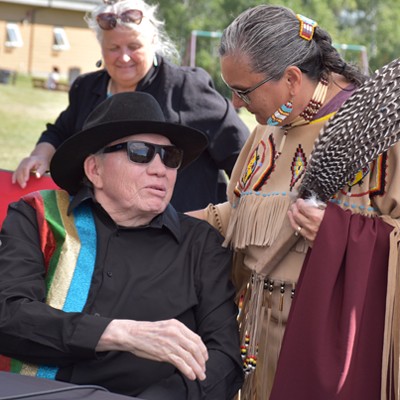
After a sharing circle and closing round dance, attendees gathered in the dining hall to prepare for Saturday evening’s Nisga’a stew. Participants chopped and sliced hundreds of pounds of beef, carrots, onions, cabbage and potatoes under the direction of head chef Nisga’a elder Diana Smith and bull (assistant) cooks Anthony and Joleene Moore (Nisga’a).
For some, Saturday morning started before sunrise, with more than a dozen women gathering at 6 a.m. for a sweat lodge ceremony led by Navajo knowledge keeper Lora Church.
“The sweat was intimate, not only because of the size—it was a tight fit—but also for the prayers that were lifted up for friends and family, from infants to the elders in our lives,” says Claire Dunmore, territorial community mission secretary, community engagement, of her first sweat experience. “It was a sacred and safe space to lift up family and friends in prayer—an experience that will not ever be forgotten.”
After breakfast, participants chose from six Indigenous teaching sessions, including a Métis beading circle, an introduction to hoop dancing, teaching circles for both men and women, a drumming circle and a session on Indigenous appreciative inquiry.
Paige Abuharoon (Ojibwe), a Toronto woman attending the Celebration of Culture for the first time, joined the women’s teaching circle. “The culture is very welcoming, being from different nations and with people who are not Indigenous,” she says. “Being able to come together to learn and share space is really nice. I feel a sense of community and family. It’s a place where I feel like I belong.”
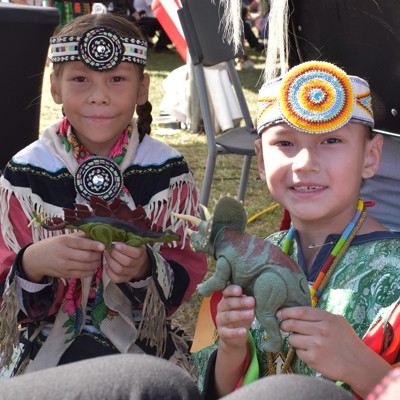
The afternoon pow wow featured master of ceremonies Siksika elder Vincent Yellow Old Woman with groups and individuals dancing in full regalia and intertribal dances for all to join. Sorrel Rider was the host drum, supported by Turning Robe and Chips Are Down, led by Maracle.
During the pow wow, Major Russell, on behalf of Indigenous Pathways, gifted an eagle feather to Colonel John Chamness. The feather is gifted at the Celebration of Culture each year, sometimes from The Salvation Army to Indigenous Pathways, sometimes from Indigenous Pathways to the Army. The ceremony signifies a desire to keep building relationship and a commitment to continuing on the path of reconciliation. “This is a relationship that involves all of us. This is a relationship we want to continue to grow and cultivate,” said Major Russell.
The day ended with a Nisga’a feast, with bowls of hot stew refilled as soon as they were emptied and cups of steaming Labrador tea passed around. Throughout the evening, Damian Azak (Nisga’a), Salvation Army ministry unit leader for Gitwinksihlkw, B.C., shared teachings about each part of the feast, making it a learning opportunity for all. This included such Nisga’a traditions as filling a “common bowl” with financial donations to divide among those who prepared the feast and, at the end, a generous abundance of gifts for all feast guests.
After a Sunday sweat lodge for men, Casey Church led a closing pipe ceremony. Following that, participants visited five prayer stations. At his prayer station, artist-in-residence Randall Bear Barnetson (Nadleh Whut'en Dakelh of the Bear Clan) asked attendees to paint their prayer, adding to artwork Ancestral Honour, which he began during Friday’s opening. It was later gifted to Yellow Old Woman.
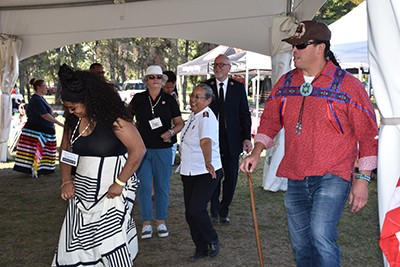
In a powerful closing address, Yellow Old Woman spoke of traumatic abuse at a residential school and how an introduction to God’s love later in life brought transformation.
“It inspired who I was,” said Yellow Old Woman.
“Think big,” he charged attendees. “Because we serve a sacred God who is so big.”
“We have done one of the most beautiful things this weekend,” said Captain Porter, in closing. “We have walked in a good way together.”
A final round dance concluded the event.
“We came and experienced an important topic we need to be talking about, not only in The Salvation Army, but in the church and our culture more broadly,” says Colonel John Chamness. “This idea of how we can embrace each other, how we can reconcile with one another, how we can learn new ways that maybe aren’t familiar to us but are familiar to other people.”
When asked why it’s essential for The Salvation Army to continue hosting events such as the Celebration of Culture, Colonel Lani Chamness says: “Because we were made for this. We were made for connection. We were made for community. We were made to know each other and to know each other in Christ and be in Christ together as a body.”
Photos: Jane Ayer
View this post on Instagram




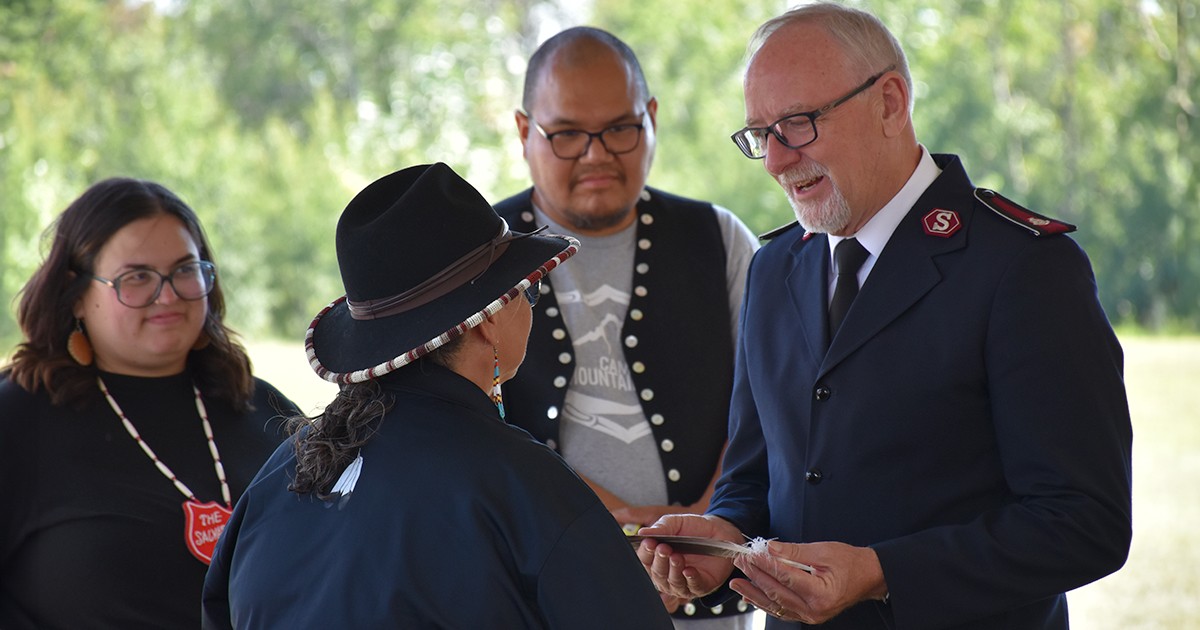
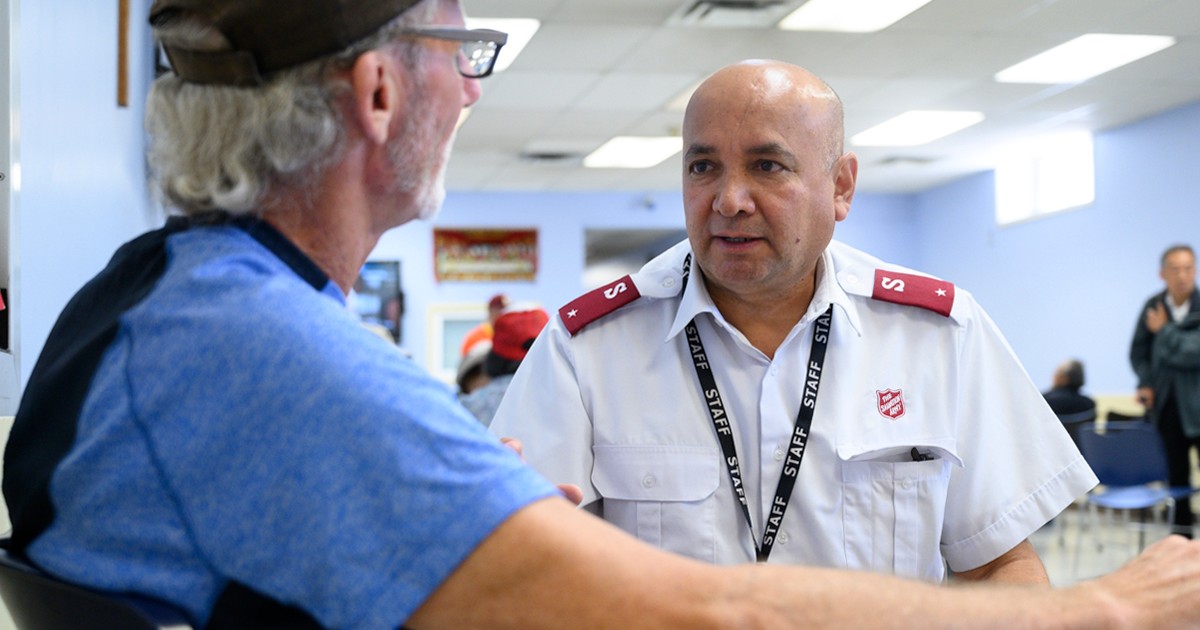
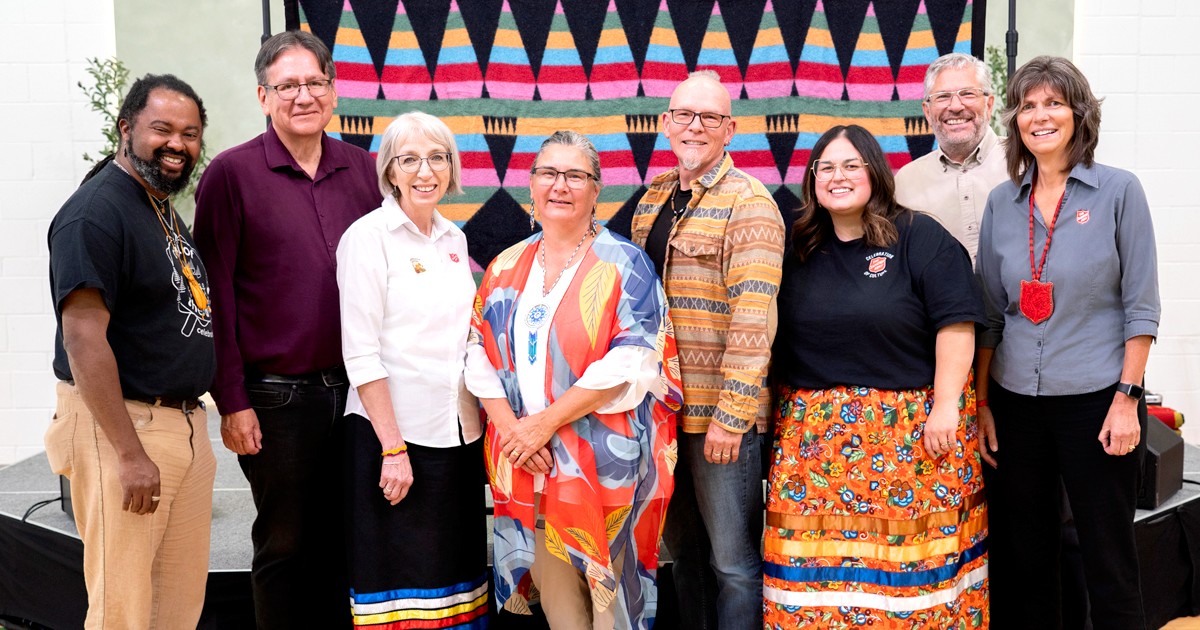
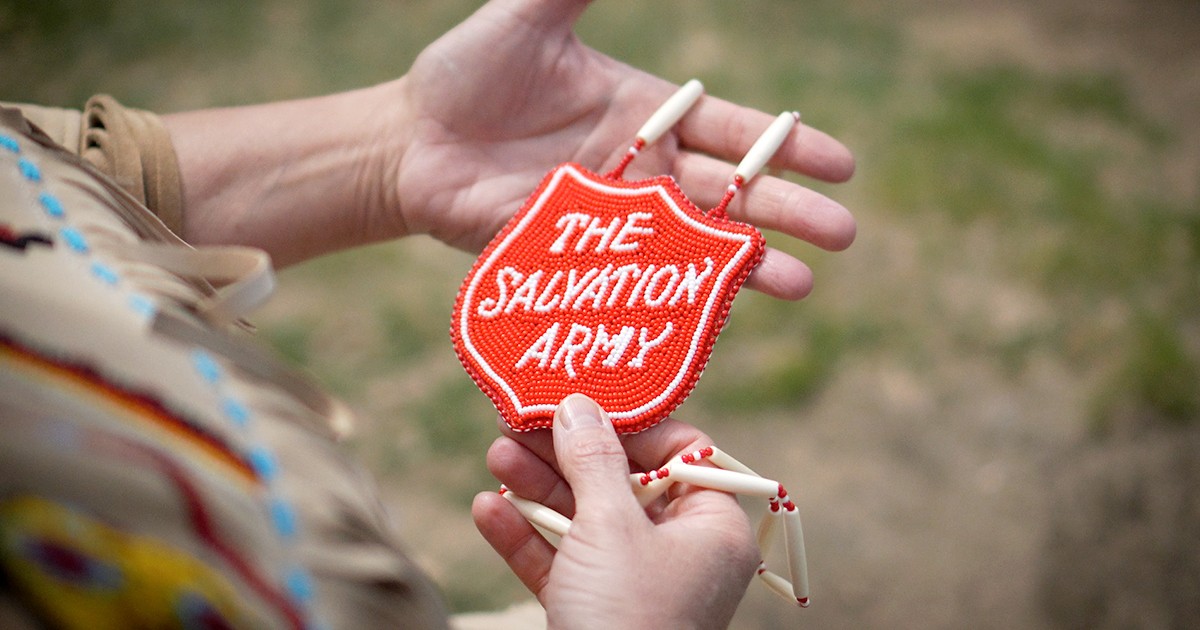


Wonderful to see the smiles and memories made